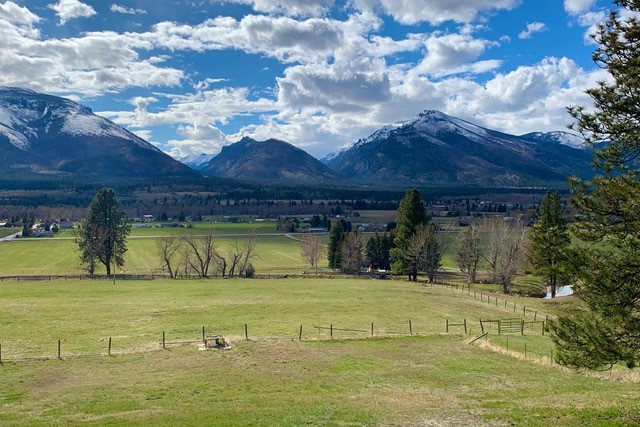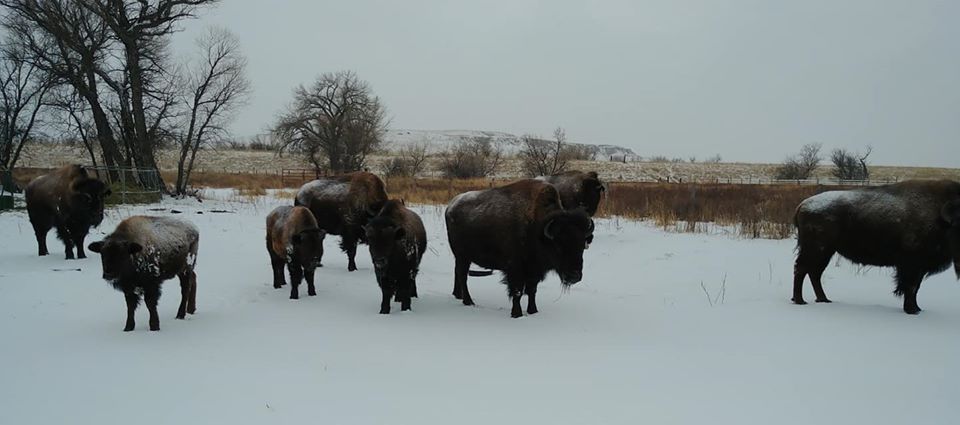Land access is the way farmers and ranchers acquire land to support their operations. It involves land seekers, landowners, real estate agents, service providers, community members, etc.
There are many different paths to accessing land, such as:
o Purchasing land
o Inheriting land
o Succession
o Leasing
 Land access is one of the primary issues facing Montana’s beginning farmers. Land may be unavailable in your community or available but priced out of your range. Either way, it can be a major challenge to starting a farm. In some areas of the country, these challenges are causing farmers to stop looking for land to purchase and focusing solely on leasing. Unfortunately, finding good farmland to lease may be as difficult as finding good farmland to purchase, and comes along with its own set of challenges.
Land access is one of the primary issues facing Montana’s beginning farmers. Land may be unavailable in your community or available but priced out of your range. Either way, it can be a major challenge to starting a farm. In some areas of the country, these challenges are causing farmers to stop looking for land to purchase and focusing solely on leasing. Unfortunately, finding good farmland to lease may be as difficult as finding good farmland to purchase, and comes along with its own set of challenges.
However, all is not lost! Below are some great resources for planning your success:
Designed to help you identify ways to find and evaluate land. It will also help you understand the types of arrangements that may be possible and offers tips on how to write a contract that will be good for you and the landowner
A workbook written for beginner farmers who are looking for land to start a farm business, and it can be best to work through with a farm mentor, or service provider
-
Explore Farmland Access Toolkit
Learn about different paths you can take to secure land
-
A Mini Compendium of resources for Beginning farmers on finding land tenure
The Greenhorns outlines considerations for landowners, considerations for farmers, and helpful guiding questions for both parties to ask themselves and one another. Look through the table of contents for topics of interest such as “Land tenure Options”, “Agricultural Farmland Easements”, and “A Lease Agreements Guide for Landowners and Farmers”
This resource from Land for Good includes a tutorial called “Acquiring Your Farm” that details the process of acquiring land as well as numerous links to other resources; the tutorial section on communication and negotiation is particularly strong.
Purchasing land
The cost of buying land and paying a mortgage can add to the cost of starting a farming operation. Considering your farm finances is important to beginners getting started and for landowners considering farm transfers. Having a sound business plan is just as important to your success as a sound financial plan. Once you have a concrete business plan with a budget, look into different purchasing options.
-
Cooperative Land Ownership
-
A guidebook on collective business models for small and beginning farmers
-
-
Workers Cooperatives
-
Conservation Easements
-
Complete Overview on Conservation Easements and different ways to utilize them create by Farmland Access Legal Toolkit
-
-
Private Contracts
-
Many property owners are willing to contract directly with a beginning farmers for sale of land, machinery, livestock, or other assets
-
Contracts can range from cash deals to share rent to work in arrangements,
-
-
Farm Loans
-
Montana Beginning Farm/Ranch Loan Program through the Montana Department of Agriculture
-
-
Local banks
For additional resources, check out our Traditional Grants and Loan page
succession
Estate planning and figuring out how to transition farm and ranchland to the next generation is probably one of the most challenging decisions a farm family has to make. However, if landowners don’t make those decisions, that conversation becomes a whole lot harder once they’re gone.
Montana has some excellent resources for estate and transition planning. Marsha Goetting at MSU Extension focuses on estate planning, personal and family finance, credit management, and retirement planning. Watch for one of Marsha’s great talks or get in touch with her at another resource is the Montana Office of Gift Planning, a project of the Montana Community Foundation. Staff there are available to assist with estate planning when there is an interest in philanthropy and donating some of your family’s savings to charity.
Below are a few article and worksheets to help assist you in your succession plan:
-
Farm Transfers & Retirement Strategies From the Center for Rural Affairs
-
Passing it on
Facilitating farmland transfer to the next generation by Winton Pitcoff
-
Understanding Farm Transition Planning
-
A Transition Planning Inventory
Developed by Oklahoma State University to help you go through the many aspects of your personal assets and business assets.
leasing land
While land ownership has the obvious benefits of allowing you to build soil and investment in a piece of property over time, there are some definite benefits to leasing land as well.
-
Typically a cheaper way to access land
-
Allows you to evaluate an area – soil types, irrigation district, and farming community without the commitment of land ownership. If you find that the region’s climate isn’t working for you, it’s a lot easier to pick up and move if you’re leasing.
-
Allow you to just get started, beginning to build profits, brand visibility, and experience while you search for the land you’ll buy
-
Help you build up to the three years of management experience you need to apply for Farm Service Agency farm ownership loans.
However, leasing is not without its challenges. Probably, the foremost challenge is writing a lease that protects you and the landowner equally.
-
Lease writing is to get clear on goals – yours and the landowners.
Develop a written lease agreement that combines the goals and resources of the owner and tenant into a package.
-
The agreement should encourage use of the optimum levels of technology, capital, labor, and management for profitable operation of the farm.
-
Consideration should also be given to yield and price risk and who will bear them.
The division of risk is key in determining what kind of lease is acceptable to both parties.
CFAC’s Landowners Guide to Leasing
This resource was developed by CFAC to help guide landowners through the leasing process.
Using Leases to Meet Financial and Stewardship Goals
This resource from the Farmers’ Legal Action Group covers the pros and cons of leases versus buying, landowner benefits of leasing, basic requirements and terms, and how to structure leases to encourage or require the use of sustainable practices.
Farmland Changing Hands: A Study of Innovative Land Transfer Strategies
A guide put together by Washington Farm Link and the Cascade Harvest Coalition. The guide highlights projects and strategies for land transfer, tenancy, and ownership that have good potential for increasing land access among beginning farmers.
Affording Our Land
Created by The Greenhorns, chapter 2 of this resource, “Land Tenure by Leasing,” outlines not only the elements of a good lease agreement, but also reasons one might benefit from leasing as opposed to owning land, general information about the leasing process, and an overview of different lease types.
A Landowner’s Guide for Leasing Land for Farming
This is a comprehensive resource from Land For Good which, specifically in chapter two, explains the benefits of leasing land from the perspective of the landowners. It also provides an overview on successful landowner-tenant relationships (chapter 6) and leasing information (chapters 7 & 8).
TYPE OF LEASES & SAMPLES
*These documents are not intended to take the place of legal advice*
Iowa Farm Lease
This document serves as a template for developing an agreement to fit a leasing situation. While formulated for leasing in Iowa, this detailed resource outlines options for cash rent, flexible cash rent, and crop share agreements, and would be best utilized as a starting point from which land seeker and landowner could pick and choose what is most compatible with their situation.
Model Agricultural Ground Lease
This PASA document serves as a template for leasing land in the model of a ground lease. An agricultural ground lease is an agreement through which a tenant is permitted to develop a piece of property during the lease period, after which the land and all improvements are turned over to the property owner. In this model, ownership of the land is typically separated from ownership of buildings on the property.
Short-term Lease Agreement
This Land For Good document serves as a template for leasing land for one or two seasons. Note at the end of the document there is a list of potential forms to include as attachments.
Multi-year Lease Agreement
This Land For Good document serves as a template for leasing land for two or more years.
Long-term Lease on Public Land
This Land For Good document serves as a template for leasing farmland on public land.




